| Home > China Feature |
Top 10 landmark attractions in China in 2014 (2)
Great Wall at Mutianyu topped the list due to its well-preserved construction and splendid view. The ranking includes well-known attractions on the Chinese mainland, Hong Kong and Taiwan.
The ranking made by China.org.cn is based on TripAdvisor 2014 Travelers' Choice Awards released recently. This is the second year that the website, the largest travel site in the world, released the rankings.
It based the rankings on customers' comments on hotels, restaurants and attractions in the past 12 months.
The top 10 landmark attractions are:
NO.5 Potala Palace, Tibet
The Potala Palace is considered to be a model of Tibetan architecture. Located on the Red Hill in Lhasa, it covers more than 360,000 square meters and has 13 stories. It was first constructed in 641 by Tibetan King Songtsen Gampo in order to welcome his bride, Princess Wencheng of the Tang Dynasty. This structure was later burned to the ground during a war and rebuilt in the 17th century by the Fifth Dalai Lama. Over the past three centuries, the palace has gradually become a place where the Dalai Lama lives and works and a place for preserving the remains of previous Dalai Lamas.
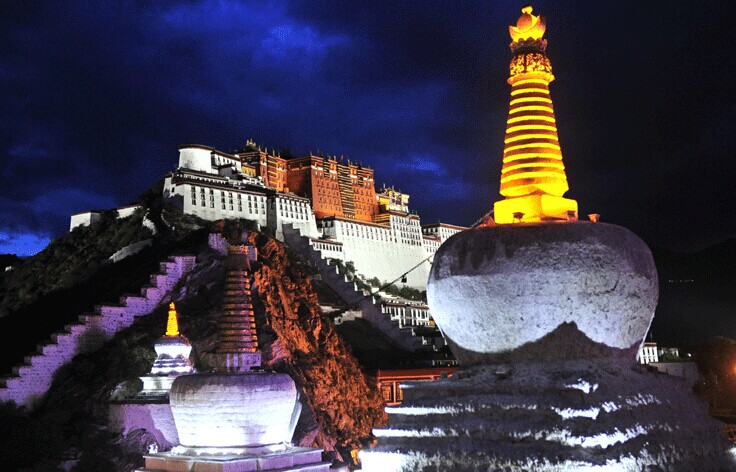
NO.4 Temple of Heaven, Beijing
The Temple of Heaven, literally the Altar of Heaven, is a complex of Taoist buildings situated in Southeastern Beijing. The Emperors of the Ming and Qing dynasties (1368-1911) visited the complex annually when they prayed to Heaven for good harvests. The temple complex covers an area of 273 hectares, about four times the size of the Forbidden City. The main buildings were built in 1420 under the Ming Dynasty (1368-1644) by Emperor Yongle to worship Heaven and Earth.
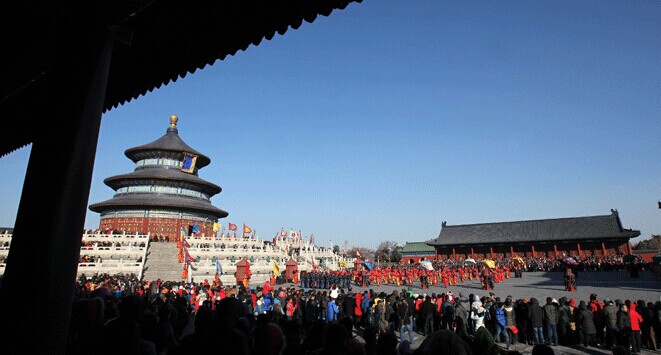
NO.3 Big Buddha, Hong Kong
Big Buddha, also known as Tian Tan Buddha, is the world's largest outdoor bronze Buddha. Located on the peak of the Muyu Mountain, it was unveiled in December 1993. The Buddha is 34 meters tall including the lotus base. It weighs 250 tons and was welded with 202 pieces of bronze. It is surrounded by The Offerings of the Six Devas- six smaller bronze statues representing deities on their knees offering flowers, incense, a lamp, ointment, fruit and music to the Buddha.
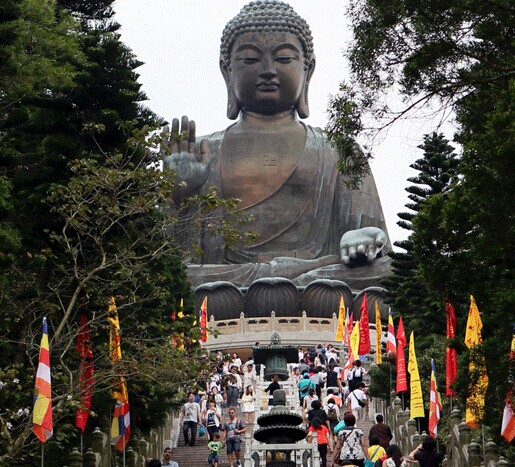
NO.2 Summer Palace, Beijing
The Summer Palace lies in the northwestern outskirts of Beijing. It is the largest and best preserved royal garden in China. Occupying an area of 290 hectares, the park consists mainly of Longevity Hill and Kunming Lake with halls, towers, galleries, pavilions, bridges and islands spread throughout the grounds. Blending southern Chinese garden architecture with northern China's natural landscapes, the gardens are probably the best of their kind when it comes to Chinese garden architecture. In December 1998, UNESCO included the Summer Palace on its World Heritage List.
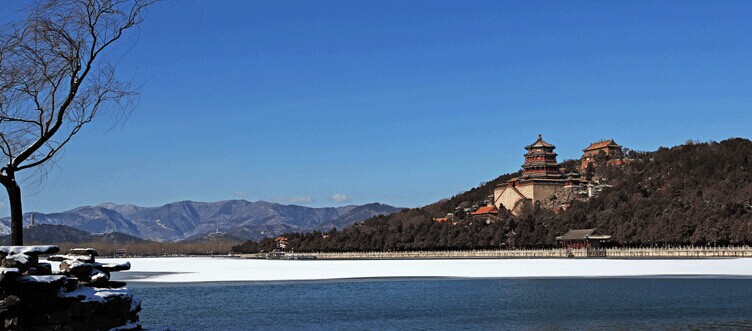
NO.1 Great Wall at Mutianyu, Beijing
Located 73 kilometers from downtown Beijing, it is an essential section of the Great Wall. This well-preserved section was built about 1,400 years ago and reconstructed later under the Ming Dynasty. It joins the Juyong Pass in the west and Gubeikou in the east. The strategic importance of Mutianyu was obvious, as many battles took place there. The famous, unrestored Jiankou Great Wall is located to the west of it. It features a splendid view and is equipped with a world-class cable car perfect for after long hikes.
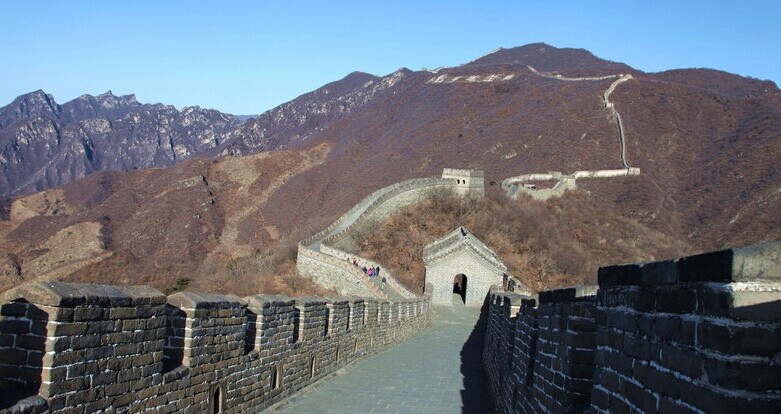
If you want to study in China, please contact me at 086-571-88165697 or send e-mial to me at cueccfs@126.com
Art
 more
moreChina Beijing International Diet ...
Recently, The hit CCTV documentary, A Bite of China, shown at 10:40 ...

Exhibition of Ancient Chinese Jad...
At least 8,000 years ago, Chinese ancestors discovered a beautiful...

Longmen Grottoes
The Longmen Grottoes, located near Luoyang, Henan Province, are a tr...

Custom
 more
moreWeb Dictionary
Martial Arts
Tai Chi Master Class Held in Moscow
MOSCOW, June 15, 2016 (Xinhua) -- Students learn from Shaolin ...
Celebriting 70 years' efforts in restoring Mogao...
Work is being carried out at the restoration site of cave No 98 a...
Hong Kong Children's Symphony performs in Seattle
Under the theme of Tribute to the Golden Age, a concert featuring a ...





 print
print  email
email  Favorite
Favorite  Transtlate
Transtlate 








